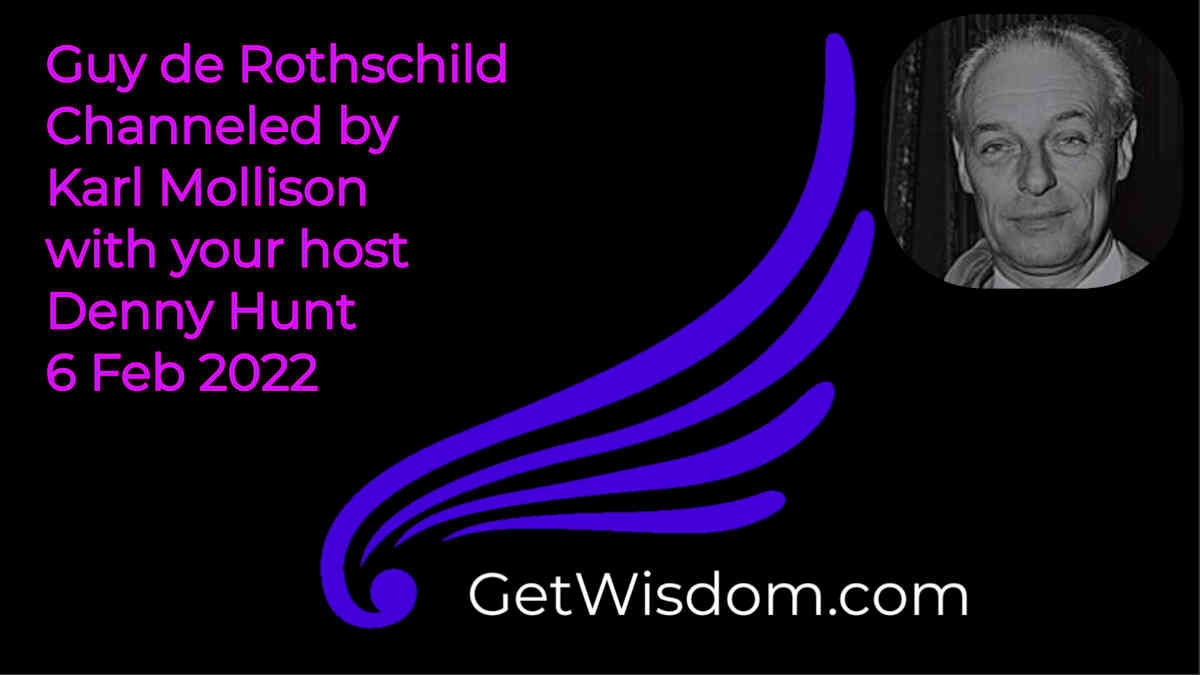Ennio Morricone Channeled by Karl Mollison 17Apr2022
Ennio Morricone 10 November 1928 – 6 July 2020 was an Italian composer, orchestrator, conductor, and trumpeter who wrote music in a wide range of styles. With more than 400 scores for cinema and television, as well as more than 100 classical works, Morricone is widely considered one of the most prolific and greatest film composers of all time.
His filmography includes more than 70 award-winning films, all Sergio Leone’s films since A Fistful of Dollars, all Giuseppe Tornatore’s films since Cinema Paradiso, The Battle of Algiers, Dario Argento’s Animal Trilogy, 1900, Exorcist II, Days of Heaven, several major films in French cinema, in particular the comedy trilogy La Cage aux Folles I, II, III and Le Professionnel, as well as The Thing, Once Upon a Time in America, The Mission, The Untouchables, Mission to Mars, Bugsy, Disclosure, In the Line of Fire, Bulworth, Ripley’s Game, and The Hateful Eight. His score to The Good, the Bad and the Ugly (1966) is regarded as one of the most recognizable and influential soundtracks in history.
It was inducted into the Grammy Hall of Fame.
After playing the trumpet in jazz bands in the 1940s, he became a studio arranger for RCA Victor and in 1955 started ghost writing for film and theatre. Throughout his career, he composed music for artists such as Paul Anka, Mina, Milva, Zucchero, and Andrea Bocelli.
From 1960 to 1975, Morricone gained international fame for composing music for Westerns and—with an estimated 10 million copies sold—Once Upon a Time in the West is one of the best-selling scores worldwide.
From 1966 to 1980, he was a main member of Il Gruppo, one of the first experimental composers’ collectives, and in 1969 he co-founded Forum Music Village, a prestigious recording studio. From the 1970s, Morricone excelled in Hollywood, composing for prolific American directors such as Don Siegel, Mike Nichols, Brian De Palma, Barry Levinson, Oliver Stone, Warren Beatty, John Carpenter, and Quentin Tarantino.
In 1977, he composed the official theme for the 1978 FIFA World Cup. He continued to compose music for European productions, such as Marco Polo, La piovra, Nostromo, Fateless, Karol, and En mai, fais ce qu’il te plait. Morricone’s music has been reused in television series, including The Simpsons and The Sopranos, and in many films, including Inglourious Basterds and Django Unchained. He also scored seven Westerns for Sergio Corbucci, Duccio Tessari’s Ringo duology and Sergio Sollima’s The Big Gundown and Face to Face. Morricone worked extensively for other film genres with directors such as Bernardo Bertolucci, Mauro Bolognini, Giuliano Montaldo, Roland Joffé, Roman Polanski, Henri Verneuil, Lucio Fulci, Umberto Lenzi, and Pier Paolo Pasolini. His acclaimed soundtrack for The Mission (1986), was certified gold in the United States.
The album Yo-Yo Ma Plays Ennio Morricone stayed for 105 weeks on the Billboard Top Classical Albums.
Morricone’s best-known compositions include “The Ecstasy of Gold”, “Se Telefonando”, “Man with a Harmonica”, “Here’s to You”, the UK No. 2 single “Chi Mai”, “Gabriel’s Oboe”, and “E Più Ti Penso”. In 1971, he received a “Targa d’Oro” for worldwide sales of 22 million, and by 2016 Morricone had sold more than 70 million records worldwide.
In 2007, he received the Academy Honorary Award “for his magnificent and multifaceted contributions to the art of film music”. He was nominated for a further six Oscars, and in 2016, received his only competitive Academy Award for his score to Quentin Tarantino’s film The Hateful Eight, at the time becoming the oldest person ever to win a competitive Oscar.
His other achievements include three Grammy Awards, three Golden Globes, six BAFTAs, ten David di Donatello, eleven Nastro d’Argento, two European Film Awards, the Golden Lion Honorary Award, and the Polar Music Prize in2010. Morricone influenced many artists from film scoring to other styles and genres, including Hans Zimmer, Danger Mouse, Dire Straits, Muse, Metallica, Fields of the Nephilim, and Radiohead.
On 6 July 2020, Morricone died at the Università Campus Bio-Medico in Rome, aged 91, as a result of injuries sustained to his femur during a fall.









